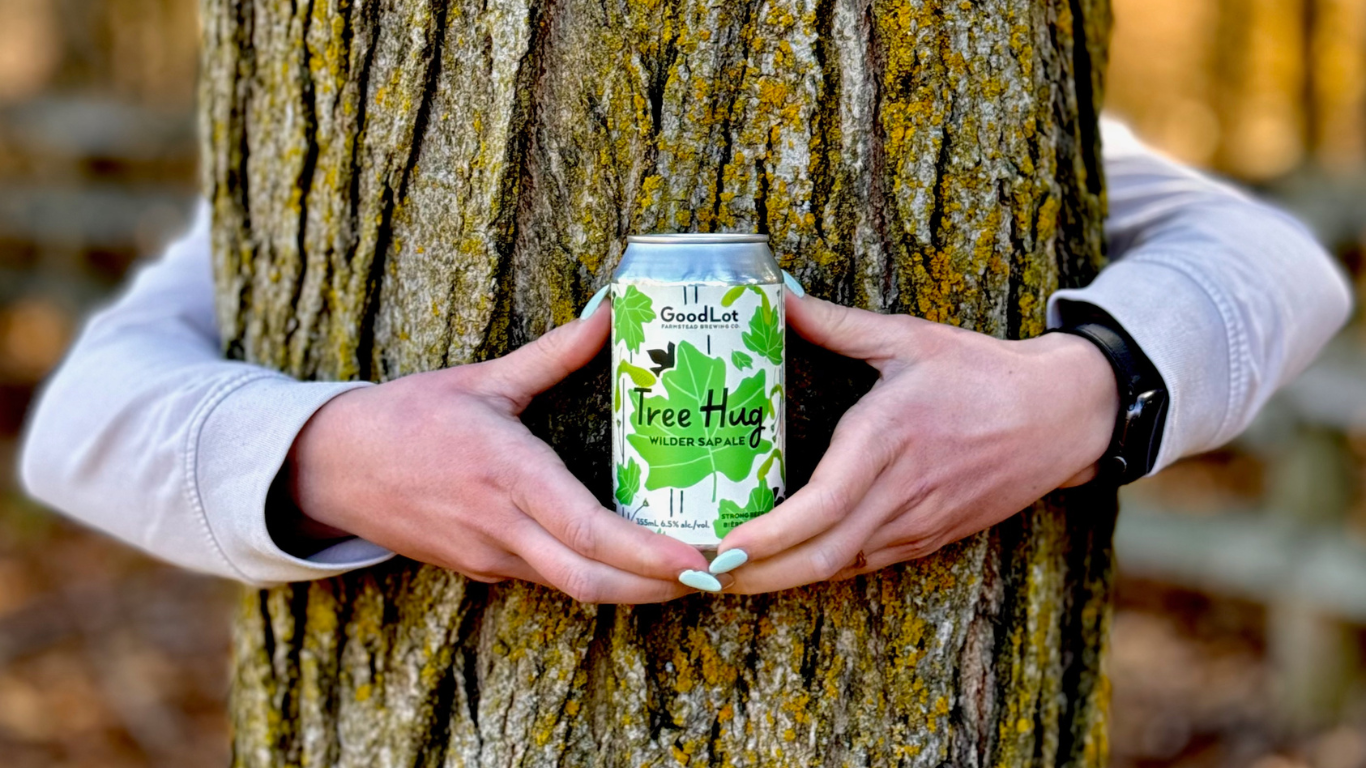Recently, we hopped aboard the #hONeybuzz with Foodies on Foot and the Ontario Beekeepers’ Association to see, taste, and learn about Ontario honey. Here are 10 awesome things we learnt about Ontario honey and the amazing bees that make it!

[ezcol_1quarter] [/ezcol_1quarter] [ezcol_3quarter_end]Honeybees work so hard during pollination season, that it literally shortens their own lifespan. Whoa.[/ezcol_3quarter_end]
[/ezcol_1quarter] [ezcol_3quarter_end]Honeybees work so hard during pollination season, that it literally shortens their own lifespan. Whoa.[/ezcol_3quarter_end]
[ezcol_1quarter] [/ezcol_1quarter] [ezcol_3quarter_end]Southern Ontario has particularly great flora and an ideal climate for honeybees. Of the roughly 9000 beekeepers in Canada, 3,300 of them live and work in Ontario.[/ezcol_3quarter_end]
[/ezcol_1quarter] [ezcol_3quarter_end]Southern Ontario has particularly great flora and an ideal climate for honeybees. Of the roughly 9000 beekeepers in Canada, 3,300 of them live and work in Ontario.[/ezcol_3quarter_end]
[ezcol_1quarter] [/ezcol_1quarter] [ezcol_3quarter_end]Bees and their beekeepers make huge contributions to the Canadian economy: in 2015 alone, Ontario bees produced 9 million lbs (that’s $33 million worth) of honey.[/ezcol_3quarter_end]
[/ezcol_1quarter] [ezcol_3quarter_end]Bees and their beekeepers make huge contributions to the Canadian economy: in 2015 alone, Ontario bees produced 9 million lbs (that’s $33 million worth) of honey.[/ezcol_3quarter_end]
[ezcol_1quarter] [/ezcol_1quarter] [ezcol_3quarter_end]Placing hives near wild blueberry bushes will increase a bush’s yield by TEN times! In fact, Ontario bees play an essential role in Maritime blueberry production.[/ezcol_3quarter_end]
[/ezcol_1quarter] [ezcol_3quarter_end]Placing hives near wild blueberry bushes will increase a bush’s yield by TEN times! In fact, Ontario bees play an essential role in Maritime blueberry production.[/ezcol_3quarter_end]
[ezcol_1quarter] [/ezcol_1quarter] [ezcol_3quarter_end]A life without bees would lead to almost $1B in losses to the Ontario economy. No bees to pollinate our crops = a minimum 50% reduction in the amount of food we can grow. That’s scary stuff.[/ezcol_3quarter_end]
[/ezcol_1quarter] [ezcol_3quarter_end]A life without bees would lead to almost $1B in losses to the Ontario economy. No bees to pollinate our crops = a minimum 50% reduction in the amount of food we can grow. That’s scary stuff.[/ezcol_3quarter_end]
[ezcol_1quarter] [/ezcol_1quarter] [ezcol_3quarter_end]Every batch of honey is as unique as the beekeeper and surrounding ecosystems that produce it. Hives located near orchards tend to have “apple pie” characteristics, bees surrounded by wildflowers produce distinctly floral honey, and bees near wheat or grassy fields will have hay-like notes. It’s shocking how clear the differences are, even to “untrained” palettes.[/ezcol_3quarter_end]
[/ezcol_1quarter] [ezcol_3quarter_end]Every batch of honey is as unique as the beekeeper and surrounding ecosystems that produce it. Hives located near orchards tend to have “apple pie” characteristics, bees surrounded by wildflowers produce distinctly floral honey, and bees near wheat or grassy fields will have hay-like notes. It’s shocking how clear the differences are, even to “untrained” palettes.[/ezcol_3quarter_end]
[ezcol_1quarter] [/ezcol_1quarter] [ezcol_3quarter_end]’Bee’ label savvy! Some honeys are a mixture of Canadian and foreign honey — look for labels that say 100% Ontario Honey, or better yet, go to your local farmer’s market.[/ezcol_3quarter_end]
[/ezcol_1quarter] [ezcol_3quarter_end]’Bee’ label savvy! Some honeys are a mixture of Canadian and foreign honey — look for labels that say 100% Ontario Honey, or better yet, go to your local farmer’s market.[/ezcol_3quarter_end]
[ezcol_1quarter] [/ezcol_1quarter] [ezcol_3quarter_end]Mead, AKA fermented honey, is one of the oldest alcoholic beverages in the entire world. Some meads make for a sweet dessert wine, while other batches can be quite crisp and have the slightest honey-like finish.[/ezcol_3quarter_end]
[/ezcol_1quarter] [ezcol_3quarter_end]Mead, AKA fermented honey, is one of the oldest alcoholic beverages in the entire world. Some meads make for a sweet dessert wine, while other batches can be quite crisp and have the slightest honey-like finish.[/ezcol_3quarter_end]
[ezcol_1quarter] [/ezcol_1quarter] [ezcol_3quarter_end]There’s a rooftop apiary at the Fairmont Royal York Hotel. These hyper-urban bees thrive with a nearby wildflower garden, not to mention they get one of the best views in the city…[/ezcol_3quarter_end]
[/ezcol_1quarter] [ezcol_3quarter_end]There’s a rooftop apiary at the Fairmont Royal York Hotel. These hyper-urban bees thrive with a nearby wildflower garden, not to mention they get one of the best views in the city…[/ezcol_3quarter_end]
[ezcol_1quarter] [/ezcol_1quarter] [ezcol_3quarter_end]Great news, the Ontario government is now taking steps to control and reduce the use of neonicotinoids on corn and soybean crops to help restore the Canadian bee population. So let’s keep that honey flowin’ and create a more sustainable future for our bees, and our food.[/ezcol_3quarter_end]
[/ezcol_1quarter] [ezcol_3quarter_end]Great news, the Ontario government is now taking steps to control and reduce the use of neonicotinoids on corn and soybean crops to help restore the Canadian bee population. So let’s keep that honey flowin’ and create a more sustainable future for our bees, and our food.[/ezcol_3quarter_end]




